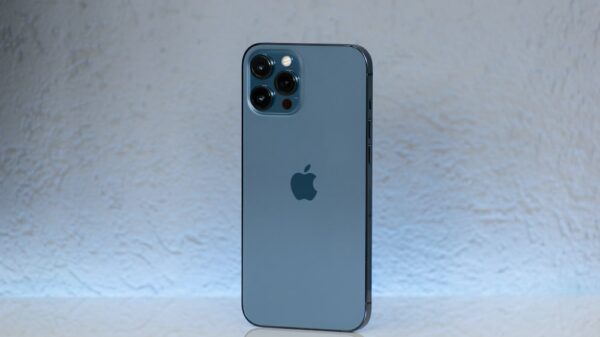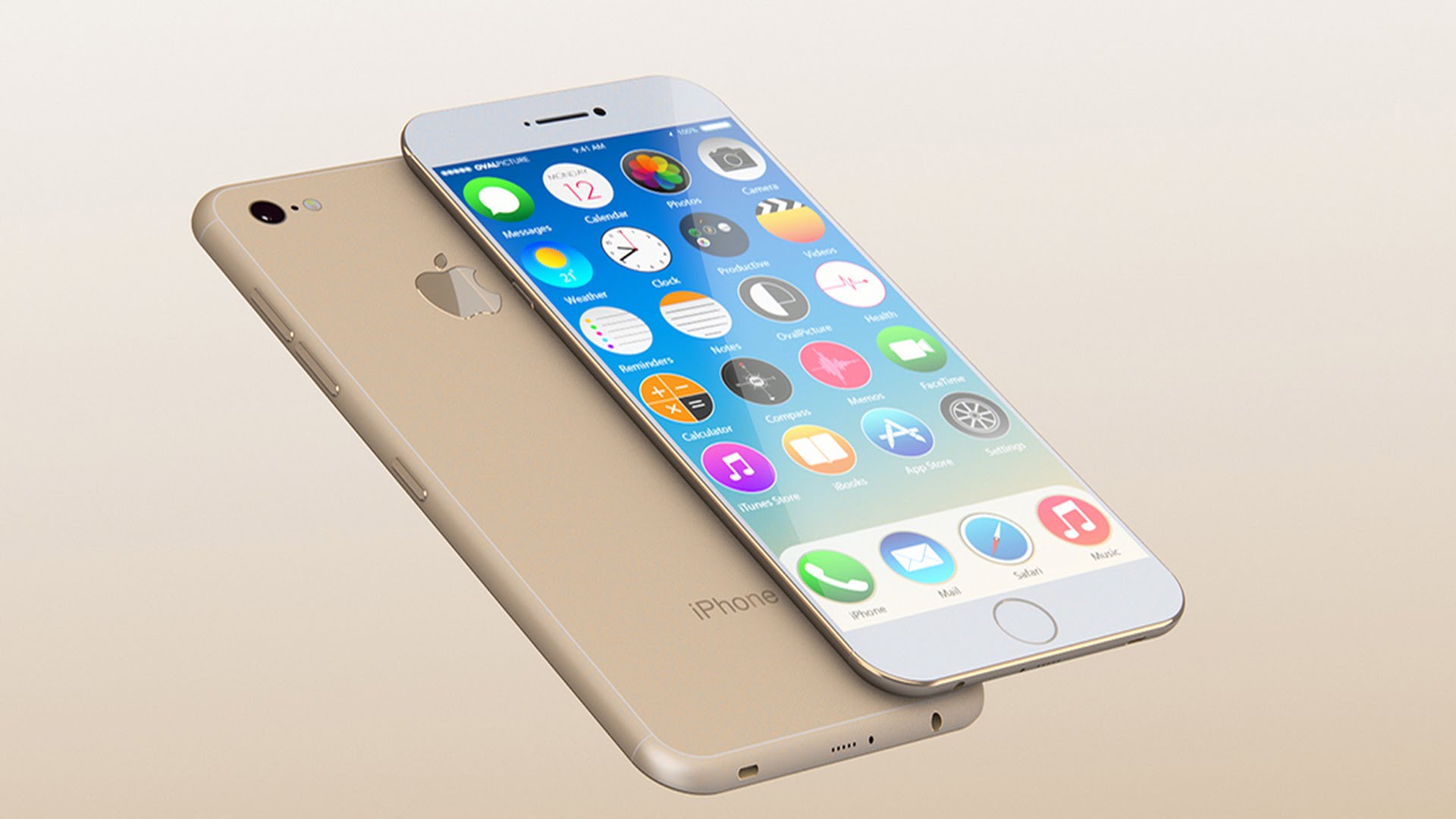It was only recently that questions were being asked of the capability of mobile technology to provide us with sufficient tools and resources enough to persuade us to drop our desktops. Now, more people access the internet and take care of daily tasks from a smartphone than from a desktop computer and that number is still growing by the day.
Users access everything from financial accounts to cooking recipes from their smartphones, much of it possible because of advances in technology and a reduction in the cost of this technology over the past few years. Here are some of the key developments in mobile technology.
How and Why We Got Here
In order for people to use their mobile phones to their fullest potential the screen size had to be sufficient to provide the user with enough screen real estate to perform tasks or consume media, this really began with the first iPhone and it’s 3.5” touch screen. Much of it is made possible because of the advances in viewing technology with large, crisp, clear screens which utilise technologies such as Gorilla Glass, super-durable and high-quality glass for a screen. Conversely, the Apple Watch is a prime example of just how small some screens are and how mobile technology has gone beyond the traditional phone-in-hand usage. Whether the trend for wearables is set to continue to grow is another question, but Apple in 2015 alone sold over 12 million Apple Watches globally.
Google’s Role in Mobile Technology
When it became apparent that the number of consumers accessing the Internet from their smartphones was gaining quickly on desktop access, Google set out to update their algorithms so that websites would improve the mobile UX. By mid-2015 websites were under threat of being penalised for not being mobile responsive, which meant that they were not going to be listed in the google search results, or at least run the risk of this.
With more than 65% of users searching via mobile phones at that time, and an even larger number today, that change was huge. If you didn’t have a mobile friendly site, the crawlers could ignore you in terms of mobile searches, which left the door open for the competition to own the market. This means that if you don’t have a responsive website you just can’t be found in Google searches unless someone is searching from a desktop, which is rare.
Grab and Go Technology
From pubs in London using contactless payments for a self-serving beer bar to shops that simply communicate with your smartphone as you go through the queues, there will come a time when consumers simply don’t need to rely on a clerk to ring them up and send them on their way with goods in hand. Amazon is currently opening Amazon Go in Seattle as a test market. Shoppers simply enter the store, grab their goods and go as long as they have the new Amazon Go App on their mobile phone.
No checkout lines, no clerks, simply grab and go. Imagine no longer waiting in long lines just to pay for purchases or to make financial transactions at your local bank? And, this is just the beginning for mobile near field communication technology…
Security and Data Capabilities
As an indication of just how mobile technology has developed in these fields is clearly seen by how easily users are given the opportunity to interact with most of their financial interests whilst on the move. By utilising increasing data speeds, a report by Cisco the average global downstream connection increased by 20% in 2015 alone to 2,026 kilobits per second (kbps) and improved security measures as encryption in mobile technology, financial service providers are now able to provide a fast and service to their mobile users. Consider what it means to have instant information and access to services wherever you are. Users utilise such technology to bet on sporting events whilst on the move, in the UK alone between April 2015 and March 2016 £4.47bn was spent using remote mobile technologies. When you consider that mobile technology allows investors to keep up to date with market movements and for almost anyone to keep track of their personal finances using their mobile no matter where they are or what time of day it is, there is no denying the expanding power and developments in security and data capabilities is one of the major recent developments in mobile technology.
Thanks for reading this article. If you're new here, why don't you subscribe for regular updates via RSS feed or via email. You can also subscribe by following @techsling on Twitter or becoming our fan on Facebook. Thanks for visiting!





















































































































































































